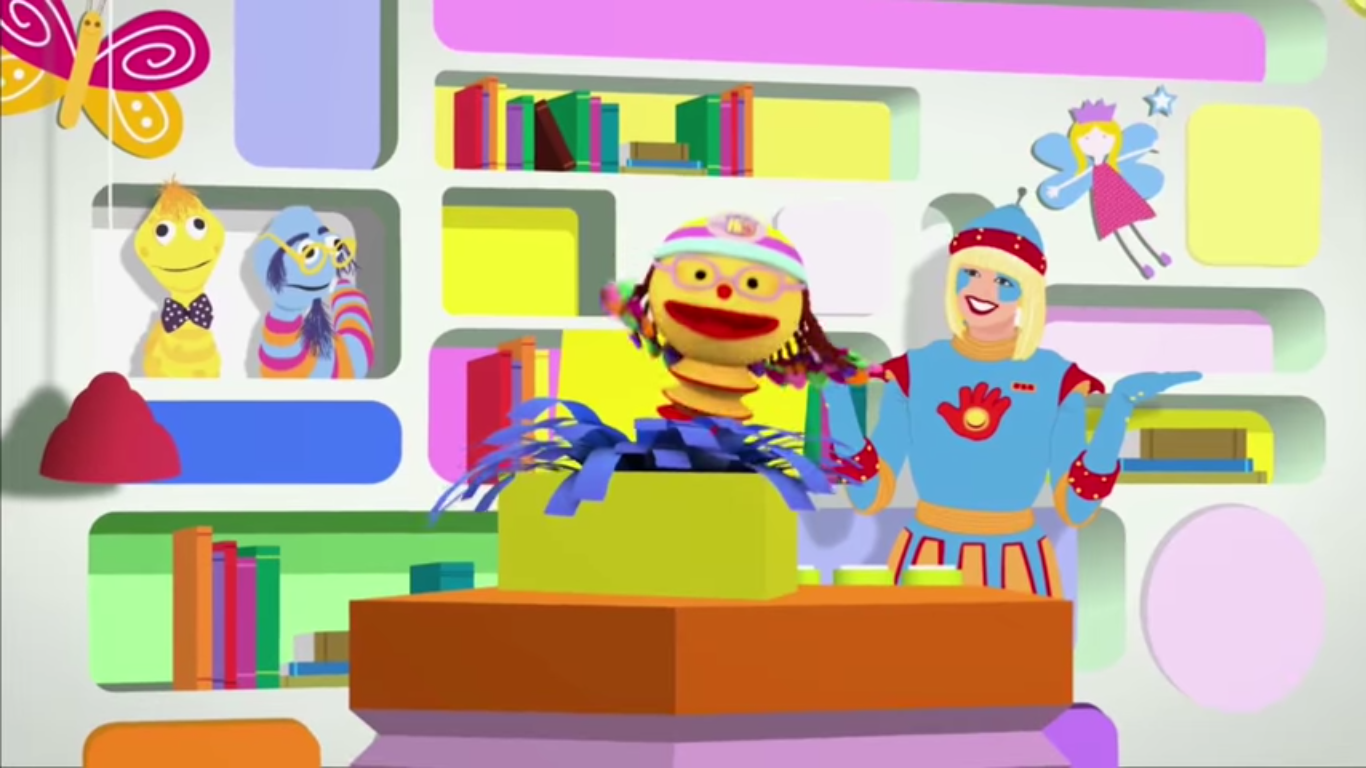

Then do the same thing the other way to further crease the folds. Flip it over and do the same thing on the other side.Start off with a square piece of paper.
#THE CHATTERBOX HOW TO#
So, here’s a little refresher on how to fold and use it – your kids will love you for it! Folding the Chatterbox It’s probably been a while since you’ve played with one, let alone made one! But guess what? You’re not alone. Look, we’re all friends here, it’s okay to admit that you may have forgotten how to use one. Some sneaky fortunes I remember using are “you’ll have 5 houses” (HAH! I wish!) or “you’ll marry a goat” (I was so funny). Since then, it’s been used as a fun way to ask and answer questions like “will I become a millionaire?” It’s up to the creator to decide on the answers or the question that must be asked. The use of the chatterbox as paper fortune tellers date back to school playgrounds in England, in the 1950s. Tiny dots would be drawn inside the cootie catcher to represent bugs, and the corners of the cootie catcher would act as pincers, trapping all the cooties inside! Fortune Teller Girls were considered contagious until a friend used a cootie catcher to rid her of diseases. However, it was more popularly known as a playground term used to describe pretend “germs” that girls would get from being around boys (ick!). The term was also later used by the military in World War I when soldiers were ravaged by body lice. But it also comes from the British definition of being infested with lice, as coots (waterfowl) were believed to be covered in them. Cootie Catcherĭid someone say cooties?! If that doesn’t bring back playground memories of being temporarily teased by your friends, then I don’t know what does! “Cootie” apparently comes from the Malay word “kutu” which means “dog tick”. But they can also be used to hold eggs or more exciting things like small snacks – hey, I just said what you were thinking. Yep! When standing on a table, the pockets where your fingers would usually go were made to hold salt. The chatterbox was originally introduced to the Western world in an origami book in 1928. Yet its physical structure has always been the same. From a salt cellar to a fortune teller, there’s been quite the evolution. The chatterbox has undergone a few changes to get to what it is now. Yet the chatterbox is now played worldwide, with different names in each country, such as the “ flip flapper” in Denmark. This paper-folding activity is also known as a form of origami, from the Japanese words “oru” (to fold) and “kami” (paper). All it took was a pencil and a piece of paper folded with the utmost precision but most likely torn straight from an exercise book. Childhood wouldn’t have been the same without them. They were the perfect way to pass time at school before getting into trouble for giggling at the back of the class. I'm learning how to overpower the shouts of the Enemy by bending my ear to the whisper of God's supernatural truths about my identity in Him and His strength in me.Ahh, the chatterbox! In an existence where screens are taking over as entertainment, it’s nice to reflect on such a playground favourite. "I'm now awakening to the reality that we can access the power of God's promises to constantly crash the system of our broken beliefs. "This is the key to pressing ahead and doing God's will anyway, even as you are bombarded with thoughts, feelings, and even facts about why you can't do it. And once we learn how, we can switch from lies to truth as deliberately as we can choose the Beatles over Miley Cyrus on satellite radio. "Yet everything changed when I began to realize God has given us the ability to choose the dialogue we believe and respond to.

It had been the soundtrack of my life for as long as I could remember. I felt so often like I was drowning in internal dialogue I couldn't control. "I used to think that someone who struggled with the kinds of weaknesses I deal with daily was useless to God.


 0 kommentar(er)
0 kommentar(er)
